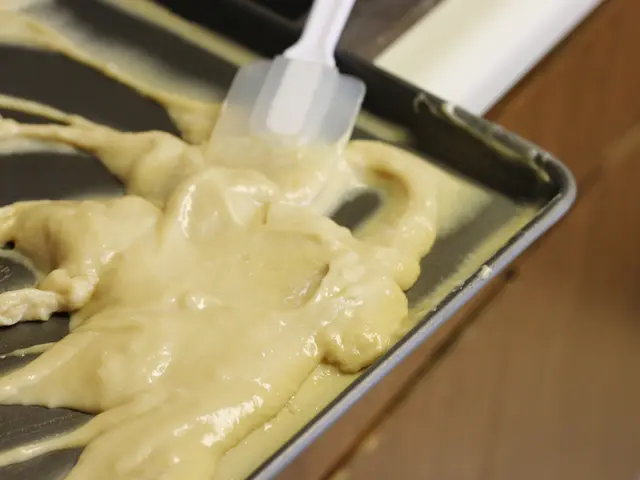Medicare's coverage for PureWick external catheters: Checking eligibility and process for reimbursement
Dealing with Incontinence Made Easier: A Deep Dive into Medicare's Coverage for PureWick External Catheters
Managing incontinence just got a little easier, thanks to innovations like the PureWick system, designed to aid females during sleep or rest. The PureWick system comprises an external catheter that neatly extends from the vulva to the buttocks, linked to a tube terminating in a collection container. This container can be strategically positioned on a nightstand or table [1].
In a groundbreaking move, Medicare, under the durable medical equipment (DME) benefit of Part B, now covers the PureWick system. As of 2024, DME emphasizes essential medical items such as oxygen supplies, walkers, and hospital beds [4]. To be eligible for this coverage, one must be a Medicare-enrolled individual, and the devices must be prescribed by a Medicare-enrolled doctor or healthcare professional for home use [4].
However, there are some caveats. Medicare will not pay for the PureWick system if the patient is already using an indwelling catheter, and female catheter usage is limited to one metal cup or pouch per week [1]. In contrast, catheters used in a hospital setting fall under Medicare Part A coverage [1].
Breaking Down the Costs
As stated on the manufacturer's website, a box of 30 PureWick catheters, without insurance, typically costs around $209. However, better deals can be found by buying in bulk [2].
Under Medicare, individuals must first meet the annual deductible, worth $257 in 2025, to gain coverage for the PureWick system. Following this, they pay a monthly premium of $185 for Part B. Once these conditions are met, Medicare covers 80% of the approved treatments or services [2].
Clearing Up Some Medical Terminology
- Out-of-pocket cost: The portion of care expenses one must pay when Medicare doesn't entirely cover costs or doesn't offer coverage.
- Premium: A monthly payment due for Medicare coverage.
- Deductible: The annual amount one must pay out-of-pocket within a specific period before Medicare starts covering treatment costs.
- Coinsurance: The percentage of treatment costs that one must cover self. For Medicare Part B, this is 20%.
- Copayment: A fixed dollar amount an insured person pays for certain treatments. With Medicare, this generally applies to prescription drugs [4].
- The PureWick external catheter system, designed to aid females during sleep or rest, is now covered by Medicare under its durable medical equipment (DME) benefit of Part B, making managing incontinence easier.
- To be eligible for this coverage, one must be a Medicare-enrolled individual and the devices must be prescribed by a Medicare-enrolled doctor or healthcare professional for home use.
- However, it's important to note that Medicare will not pay for the PureWick system if the patient is already using an indwelling catheter, and female catheter usage is limited to one metal cup or pouch per week.
- As stated on the manufacturer's website, a box of 30 PureWick catheters can typically cost around $209 without insurance, but better deals may be found by buying in bulk.
- Under Medicare, individuals must first meet the annual deductible, worth $257 in 2025, to gain coverage for the PureWick system. After this, they pay a monthly premium of $185 for Part B, and Medicare covers 80% of the approved treatments or services, leaving an out-of-pocket cost for the remaining 20%.







